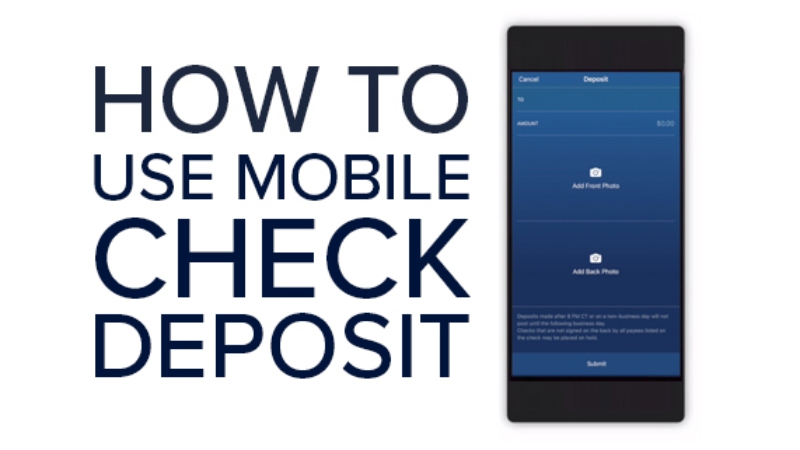
Most banking apps include a free feature called mobile check deposit. You’re not the only one who hasn’t used this feature yet: Approximately 25% of people will not use banking apps at all in 2024. However, waiting could end up costing you money and effort.
It just takes a minute or two to deposit a check using a mobile check deposit on your tablet or smartphone. To put it another way, you can avoid paying ATM fees and saving time and money by not having to visit a bank branch or ATM.
You can use mobile check deposits to deposit checks into your savings or checking account by snapping pictures of them with your banking app. Most banks and credit unions provide this free service, which can be completed on your smartphone or tablet in a matter of minutes and is available around the clock.
While your bank or credit union may have a different procedure, using your mobile app to deposit a check should work something like this:
You ought to get an email and a notification in the app after submitting to verify the deposit was received. If there is a problem with the check, you might get a letter requesting that you bring the check to a bank branch or deposit it at an ATM.
You may be advised to retain the check for two to fourteen days after receiving confirmation that it was accepted, depending on your bank. This is because the bank may ask you to bring the check to a branch if there is an issue. Your check may not be accepted for the following reasons:
Once you are certain that the check has cleared, make sure to destroy it and write “VOID” on it.
The typical turnaround time for mobile deposits is one to two business days; however, this can vary depending on your bank, the day, and the time of day that you make the deposit.
For example, mobile check deposits are typically available the following business day for Bank of America accounts. Therefore, your check should be available on Wednesday if you deposit it with BofA on Tuesday during business hours. However, it won’t be accessible until Monday if you deposit it on a Friday after business hours.
As an alternative, some banks allow you to access the first $225 of your deposit either the same day or the next business day, and the remaining amount the day after that.
To obtain instant access to the funds, you might also be able to pay a fee. For example, TD Bank and Key Bank charge a fee of 2% for instant access, while Regions Bank charges a fee of up to 4%.
You can probably deposit a higher or lower amount of checks through your bank’s app on a daily, weekly, or monthly basis. For instance, you can deposit up to 10 checks per day, or $50,000 total, with Navy Federal Credit Union (NFCU). However, on some accounts with U.S. Bank that haven’t been open for at least 90 days, deposits are only allowed up to $50.
It may be safer to conduct your banking via a mobile app rather than a web browser. As long as you follow the security precautions that are always advised for online banking, mobile check deposits, which are FDIC-insured, can be a safe way to conduct banking. These precautions include:
You should also confirm that your bank uses the common security protocols used by the majority of banks, which include encryption and timed log-out.
May is Small Business Month, a time to honor and recognize the achievements of the… Read More
Swiss International University (SIU) is on track to be one of the world's most respected… Read More
In a session that left students buzzing with fresh ideas and practical insights, Invertis University… Read More
At the 21st Shanghai International Automobile Industry Exhibition, which is surging with the wave of… Read More
Liverpool, UK—House of Spells and Comic Con Liverpool are once again collaborating to bring the… Read More
Introduction In India's booming EdTech space, there's one name that's making waves among Telugu students… Read More